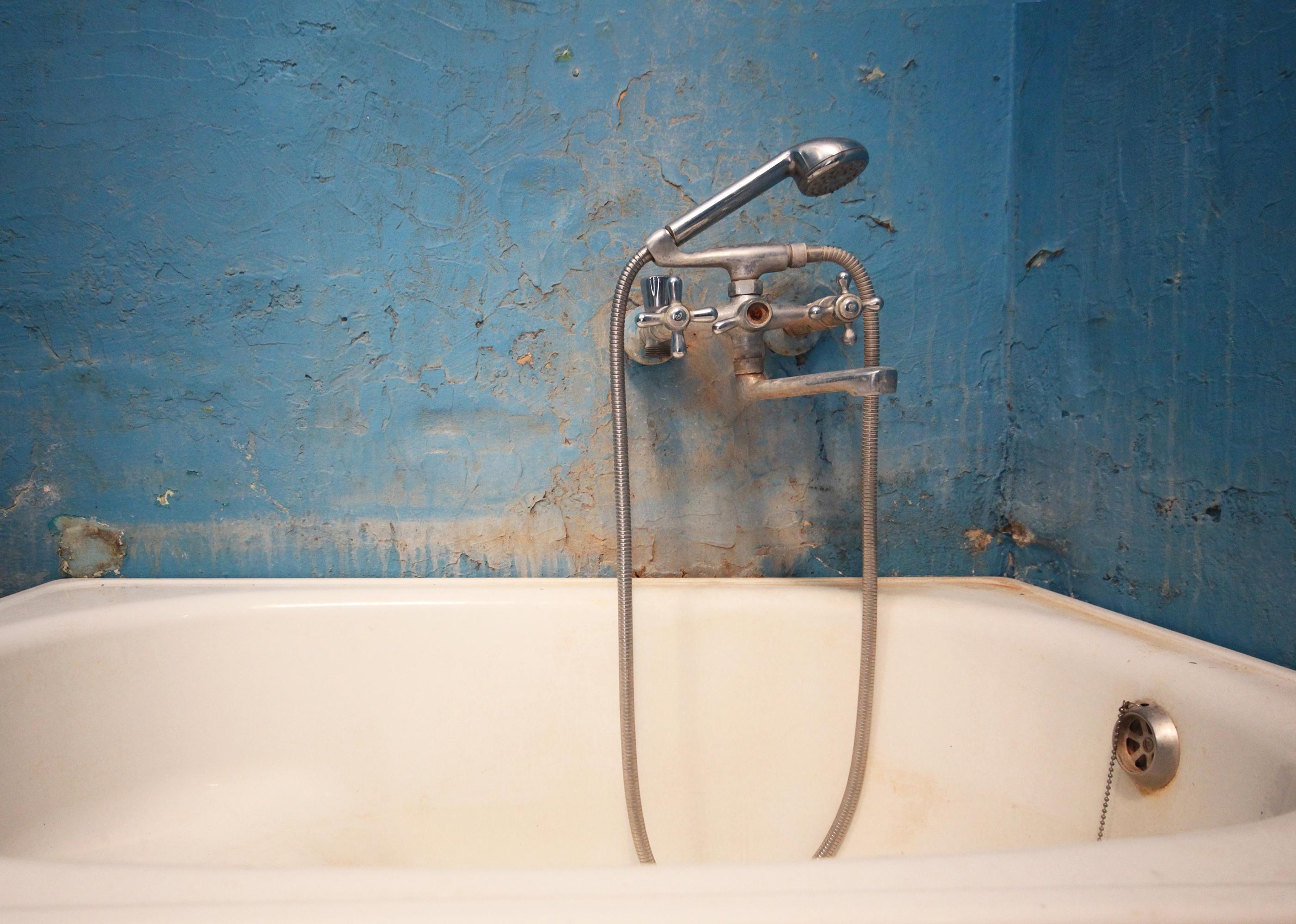
Covert contamination: when organizations have failed to notify the public of drinking water issues in New York
Covert contamination: when organizations have failed to notify the public of drinking water issues in New York
Editor's note: The original article mischaracterized data on drinking water quality from the Environmental Protection Agency.
The article used the EPA's GPRA Violation Report data, which tracks when water systems fail to issue public notifications as required by law. The article below presents the data as covering the first two quarters of 2022; in actuality, the data in some cases covers violations dating back to 2009. Additionally, the article mischaracterizes the data by asserting these are instances in which organizations failed to notify the public of contaminated water. But, according to conversations with the EPA, state-level water agencies and local water system organizations, the GPRA Violation Report also encompasses failures to notify the public when a water system did not test its water; has been granted a variance (use of less costly technology); if the system has been granted an exemption (more time to comply with a new regulation); and public notice formatting issues. In other words, public notice violations are issued in a wide range of instances – many not as severe or scary as contaminated drinking water.
As a result, the rankings featured in the original article were not a reliable representation of organizations that have failed to notify the public of water contamination and have been removed . The rest of the article, and this editor's note, are being left online at Stacker.com for the sake of transparency. Stacker sincerely apologizes for the errors.
The ability to trust that our basic needs are met is the foundation of a healthy psyche, according to Maslow's hierarchy of needs. These needs include access to food, water, shelter, and other physiological necessities. When we cannot fulfill those needs, items and tasks that appear higher on the hierarchy, like freedom, friendship, self-esteem, and self-actualization, become more difficult or impossible to achieve.
Unfortunately, even in a developed country like the U.S., our drinking water is not always safe. Instances like lead contamination in Flint, Michigan, water treatment plant failures in Jackson, Mississippi, and a Navy fuel storage facility leak in Honolulu are all evidence of some of the issues and dysfunctional systems that can lead to unsafe water. All of those instances are now public and either resolved or in the process of being resolved; however, despite its illegality, organizations in charge of ensuring clean, potable water for their constituents aren't always transparent about the state of their product, thereby violating federal law.
The Government Performance and Results Act requires all federal entities to produce performance reports that include relevant statistics about their work. Part of the Environmental Protection Agency's reports contain data about a wide variety of water quality violations, including which organizations have failed to comply with public notice rules for water contamination that they discover.
Using the EPA's GPRA Violation Report for public notice violations, Stacker compiled a list of the largest organizations in violation of the law requiring the public to be notified of contaminated drinking water between January and June 2022. Organizations are ranked by the size of the population they serve. Ties were broken by the number of public notice violations incurred.
Read on to see which organizations in your state have incurred the largest violations.



